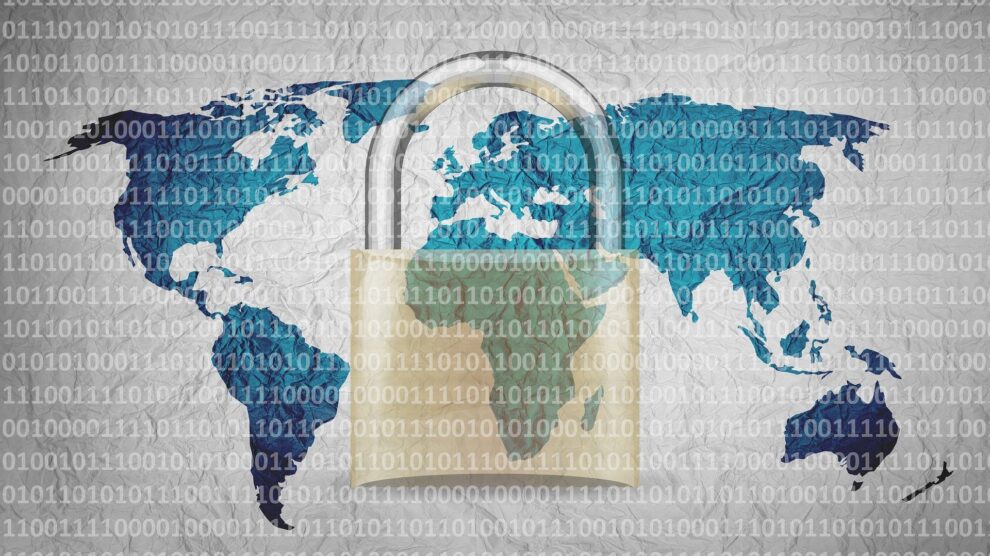A Security Operation Center, or SOC, helps to centralize all the people, processes and technologies used to monitor and improve an organization’s security. A well-run SOC should detect, analyze, prevent and respond appropriately to all security incidents, helping organizations keep their customer data, trade secrets, intellectual property and more completely safe.
If you are new to the idea of an SOC and interested in creating one within your organization, here are the essential functions that your SOC should oversee.
Taking Preventative Measures
While every SOC should have processes for responding to attacks with speed and agility, the truth is that an ounce of prevention is always superior to a pound of cure. An effective SOC should constantly be preparing for and working to prevent attacks on business systems in a variety of ways. Members of the team must stay informed about emerging threats and innovations in security technologies and strategies, and the SOC should be involved in regular maintenance of existing systems, to include essential updates and upgrades, to eliminate vulnerabilities and ensure efficiency.
Managing Available Resources
The SOC is responsible for both the various devices and applications within a business’s infrastructure and the tools and systems used to protect those devices and applications. Thus, arguably the most valuable SOC resource is a monitoring tool which can provide a complete view of the business’s threat landscape and reduce blind spots, like unknown connections and shadow data, through which attacks may channel.
Monitoring Continuously
Threats do not only exist during business hours. The SOC should have tools that monitor the business network 24 hours per day on all seven days of the week. SOC team members should be on call to receive notifications regarding suspicious activity that might require immediate action. The faster the SOC can identify attacks, the faster they can work to stop them or at least mitigate the damage they may cause.
Maintaining Logs
A strong security strategy involves meticulous logging of all network activity and communications across an entire organization. The SOC takes responsibility not just for producing these logs but regularly reviewing them, searching through this data to better understand the normal network activity and thus have a better chance of identifying threats when they arise.
Ranking Alerts
Not every alert provided by a monitoring system is a real attack. In fact, a properly functioning monitoring tool should be sending a number of flags to the SOC every day, which SOC team members will need to evaluate and rank in terms of risk level. Communication with key business systems can help the SOC better understand which alerts are false positives and which require deeper study. Context is mandatory for efficient IT functionality, and it is no different for SOCs.
Responding to Threats
Most business leaders would consider threat response to be the primary responsibility of an SOC, and they aren’t wrong. In businesses with SOCs — even those with established threat response protocols — it might not be clear who within the IT team is supposed to carry out actions like shutting down endpoints or deleting certain files. An SOC assigns these duties and acts swiftly to eliminate threats with as little impact on business continuity as possible.
Recovering From Attacks
Every incident will have some impact on the business. The SOC should assess that impact and take appropriate measures to restore the business to its prior state. There are various processes involved in remediation and recovery, from deploying backups to reconfiguring systems, and the SOC will manage it all as swiftly as possible to keep downtime minimal.
Refining Security Strategies
After thorough investigations of the root causes of a successful attack, the SOC should begin making modifications to existing strategies and systems to enhance their security going forward. In fact, the constant refining of security should occur regardless of whether an organization is frequently succumbing to attacks. Threat actors are always working to improve their tools and tactics to get around the latest security measures, and to stay ahead of them, SOCs need to be doing the same on the other side.
SOCs are robust teams of highly trained security professionals who can assume full responsibility for protecting your business from cyberattack. The sooner you take advantage of an SOC — whether it is in-house or outsourced — the better.





